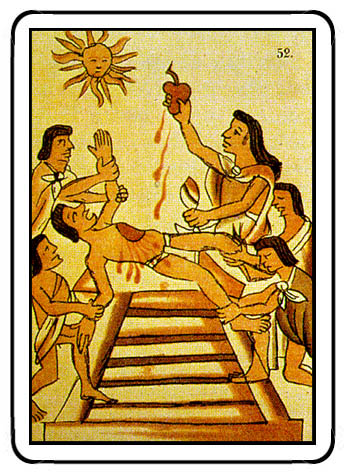Friday, on the way home from work, I stopped by the Buford Highway Farmers Market. It’s my favorite thing to do, and I was making good time, so I decided to make a detour. The only thing is that I usually spend at least an hour and a half there – I could easily spend more time, but I try to limit it.
When you enter, the first thing you see is the produce. I wandered around, looking at all of the fruit – fresh guava, horn melon, mangoes… I settled on a pound of strawberries for $1.49. I also bought some red seedless grapes and HUGE Red Delicious apples for my husband. The only “unusual” fruit I got was a variety of apple called Prince.
Then, I spied the rhubarb. I have never had rhubarb before. I guess it’s not a big thing in my family, or in Louisiana, or Texas. It was $3.99 a pound, but I was feeling adventurous, so I grabbed a fistful that came to just over a pound and a half. I used them to make a rhubarb crisp – gluten free. I just followed the recipe and replaced the flour with Bob’s Red Mill Gluten Free Flour Mix.

Last Christmas, I roasted my own beets, and made an Ensalada de Nochebuena from a recipe by the Homesick Texan. I found not one, but three different varieties of beet, with greens intact, and bought them. The were regular beets ($1.79), golden beets ($2.49) and Candy Striped beets ($2.39). I have to admit it was the Candy Striped beets that sold me. Who can resist cooking with three colors of beets? Not I. So far, I have roasted the beets and cleaned the greens. I will probably saute the greens in garlic and shallots and olive oil. Two side dishes in one veggie.
In produce, I also picked up herbs: sage, tarragon, oregano, mint, Italian parsley, and cilantro. I plan on chopping them up and freezing them. I want to buy mini ice cube trays to freeze them in. I have still not forgiven Trader Joe’s for not offering ALL of the Dorot frozen herb trays at their store. I have heard claims of people finding them in regular supermarkets, but I have not had that luck yet.

Then, I went to the meat department. Now, there are a plethora of meats to choose from. I almost got some marinated quail, but they were advertised a “spicy”, so I passed. Instead, I perused the beef “offal” aisle, and espied something called “beef cheeks” (in Spanish, cachete). There was a meat clerk nearby, so I asked him “Como se cocina? (How does one cook this?). He explained that it is usually boiled (or simmered) in a pot of water for a long time – 2 to 3 hours. So then I asked him, “Usted sabe que es un ‘slow cooker’?” 😉
My original plan was to cook it in the slow cooker, but I found a recipe for Barbacoa Beef Cheek Tacos. So they have been marinating overnight, and I’m about to brown them in my oddly shaped Dutch oven and braise them in the over for 3 hours. Thank goodness I bought fresh tortillas while I was there. Next time, I may make Beef Bourguignon – I got 1.67 pounds for $3.74, so I want to work with it some more if this barbacoa works out.

I wandered the Asian, Philippine, and Indonesian aisles for a while, but only picked up a small can of Massaman Curry Paste (89 cents) and a packet of Instant Miso Soup Individual packets in Clam flavor (8 servings for $1.49). I just had a big bowl of Miso Soup using two of the little pouches – I added shrimp, rice noodles, a sliced boiled egg, and garnished it with cilantro. Not bad!
Finally I picked up some snack food and candy oddities to s hare with my students. I bought some Indonesian tamarind candy – I have one student from Indonesia, and the most of the rest of my classes are from Mexico and Latin America. They also enjoy tamarind, so I thought this would show something their cultures have in common. Then, I bought a bag of , which will surely be vile to everyone EXCEPT my Indonesian student. I also have two African and one Nepalese student, and that will just probably be a new experience for them.
hare with my students. I bought some Indonesian tamarind candy – I have one student from Indonesia, and the most of the rest of my classes are from Mexico and Latin America. They also enjoy tamarind, so I thought this would show something their cultures have in common. Then, I bought a bag of , which will surely be vile to everyone EXCEPT my Indonesian student. I also have two African and one Nepalese student, and that will just probably be a new experience for them.
Okay, my beef cheek barbacoa is slow cooking, and I need to go and get some avocado and red onions to go with it. Can’t wait to see how it comes out! The rhubarb crisp was sure great, as were the beets.












